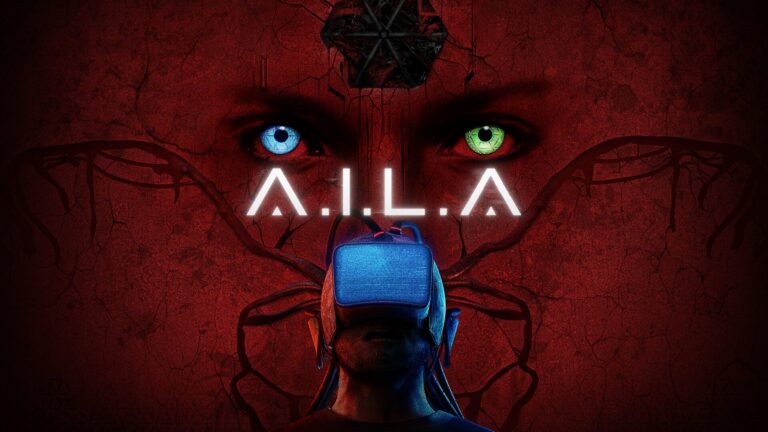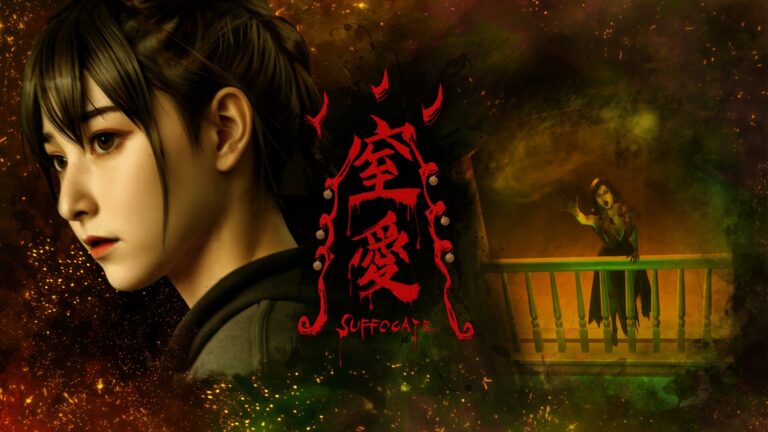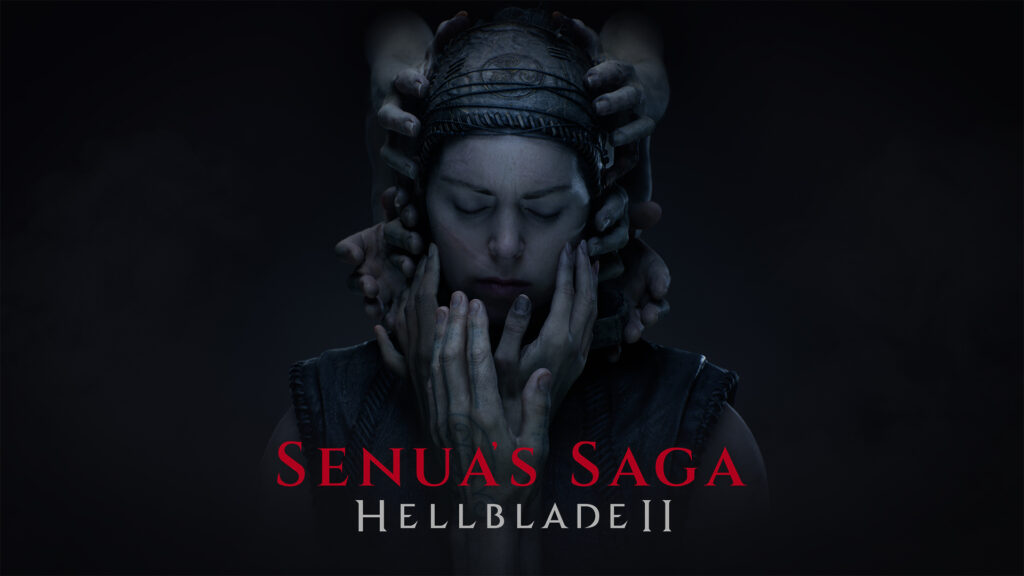 Hellblade: Senua’s Sacrifice became a quick hit from the AA game space when it launched back in 2017, and ever since, fans have been clamoring for a follow-up. While Senua’s Saga: Hellblade II was announced back in 2019, the team at Ninja Theory have been working on it for the nearly five years since.
Hellblade: Senua’s Sacrifice became a quick hit from the AA game space when it launched back in 2017, and ever since, fans have been clamoring for a follow-up. While Senua’s Saga: Hellblade II was announced back in 2019, the team at Ninja Theory have been working on it for the nearly five years since.
Now, the time is here to finally delve into the sequel to see how it stacks up against its predecessor and if it continues to deliver more of the nuanced and meaningful narrative pioneered in the first game.
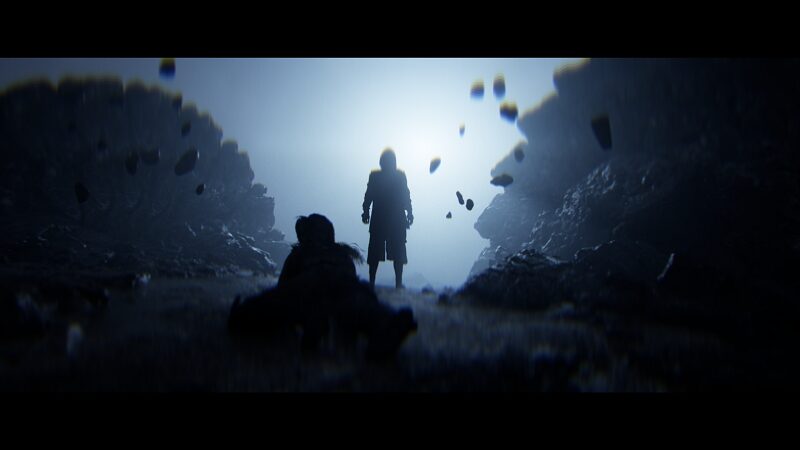
Hellblade II picks up shortly after the ending of the first game, with Senua allowing herself to be captured by the Northmen that she fought against so tirelessly in the first game, in hopes to reach the leader of those lands and get revenge for what’s been done to her and her people and free whoever has survived.
The experience as a whole has a bit less focus on horror as the first Hellblade, and even though it’s still a very dark game with dark subject matter and imagery, it becomes more a story of hope, rather than focusing on persevering through trauma and mental illness, but it doesn’t make it much less of a poignant tale.
Senua’s journey to reach the “core of evil” as she perceives it and to overcome her own personal demons is still a visceral, emotional, harrowing, and haunting one, even though it focuses a bit less on the darkest and most painful aspects of her mental illness compared to the first game.
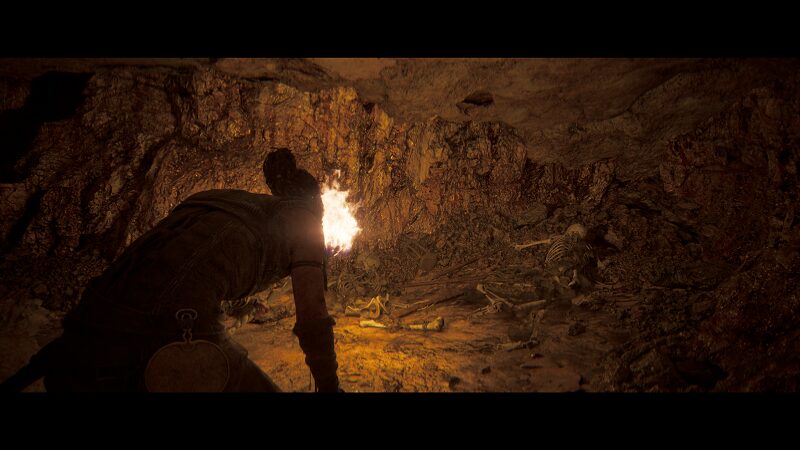
Storytelling is slightly more esoteric in some ways, leaving some details to be inferred by context clues or small details in the dialogue or visual environment, but this tends to just add to the immersion for those playing close attention.
The lack of any kind of on-screen tutorials or HUD of any kind is also a major contributor to the experience feeling as cinematic as possible, as the game expects the player to manage it themselves, much like the first Hellblade.
Despite the storytelling techniques not always being straight-forward, it still tells a meaningful story about overcoming your fears, insecurities, and other negative emotions, as well as learning to trust and understand others, no matter how bitter your history with those people might be.
It comes to a quite satisfying conclusion after all is said and done, and holds a mirror up to our current society in some interesting ways, while still keeping it within the context and setting of the game, which was a nice touch to tie things up at the end.
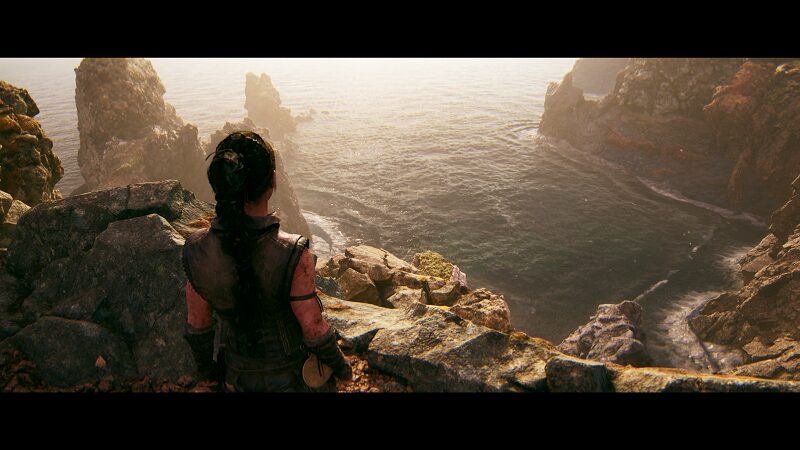
In terms of gameplay, Senua’s Saga: Hellblade II is an experience that will be very familiar to those who have played the first game, but also has a few tweaks in its gameplay formula and a few new features added as well. The exploration and narrative-focused segments of the gameplay are essentially identical to the first game, as is the pacing in many ways, except there’s a bit less focus on combat encounters this time around.
The puzzle-solving segments are a little more diverse this time, with only a few of them being the symbol-matching puzzles from the first Hellblade, and most of them being a new type of puzzle that’s more of a world-shifting environment puzzle. These feel much less tedious than the symbol puzzles, and this is a great benefit to the sequel, compared to the first game.

The combat encounters feel largely the same besides that they strangely removed the melee kick move from Senua’s repertoire, leaving the light and heavy attacks, blocks and parries, evasion moves, and mirror activation to combat your foes. Some of the other major differences lie in that the timing for parries is much tighter than in the first Hellblade, regardless of your difficulty setting, and the battles are far more cinematic that before, with constant visual transitions after each time you defeat an enemy.
The more cinematic nature of the fights makes them slightly more visceral than before and a little more involving, even if they feel slightly less diverse than before in terms of gameplay or strategy, but it can make for a little more immersion as a whole. The enemy variety also feels just slightly less than in Senua’s Sacrifice, where there were a few more larger type enemies that needed slightly different combat tactics, but it feels more streamlined in the sequel. Because of this, most of the fights feel pretty similar, which did lead to a little bit of fatigue of this system near the end of the game, even if it was still good overall.
The game generally has less of a focus on the combat mechanics, which may disappoint those who played the first Hellblade merely as an action game, but it may be a welcome change for many who prefer some of the other elements of the game. However, the small change in the combat focus of the game is also offset by some of the new action segments, which all come together to create a relative feeling of balance throughout the experience.
Besides the combat, there’s also some new segments that play out as cinematic puzzles, where you have to traverse some dangerous territory and it’s often set to the rhythm of music or something in nature, and these segments are exhilarating, not only from an audio-visual standpoint, but in adding more variety to the gameplay. There’s only a small handful of these segments, but they’re masterfully executed and make for some memorable times that mix up the action gameplay at times.
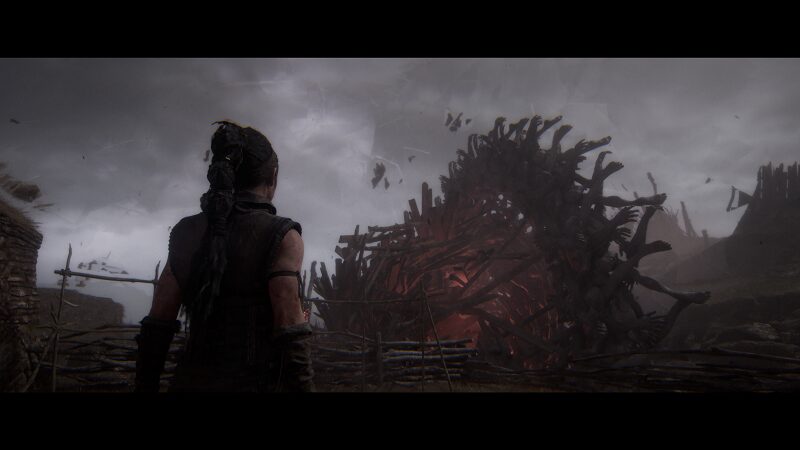
As far as the audio-visual and performance aspects of the game, it simply can’t be overstated how absolutely gorgeous the game is to look at and how powerful its audio presentation is, from top to bottom. The visuals and art direction here are without a doubt some of the most advanced photo-realistic visuals we’ve seen in the video games industry to date, and the team of artists behind it used all the deep features of the Unreal 5 engine masterfully, creating an experience that’s so cinematic, you’ll probably forget you’re playing a game fairly often.
The tiny details in nature, the advanced character face mapping, textures, lighting, and everything else in the visual design of the game is nothing short of jaw-dropping, and the fact that all of this is pushed out at high resolution and rock-solid framerate from a console through the Series X is all that much more impressive. I’ve personally played a good amount of the AAA games from the newest generation of consoles over the last 4 years, and nothing else has come close to the visual fidelity and solid performance optimization as Hellblade II.

The audio side of things is equally impressive, with the binaural audio of Senua’s inner voices arguing with each other in every scene mixing with the immersive sounds of nature, the grunts and screams of battle, a driving Nordic-inspired soundtrack, and some pretty excellent voice acting all around. Especially through headphones, Senua’s Saga: Hellblade II will wrap you up in its audio presentation and not let you go until the credits roll, with the whole audio-visual side of the game converging to be an assault on the senses in the best way possible.
As far as the controls, there’s nothing to complain about here, since much of the game is focused on narrative, the relatively sparse combat encounters and the environmental action sequences will be the only times you need to react to anything particularly quickly, and everything just feels right when playing with a controller. There was no frustration in accomplishing any of the tasks the game puts upon you, and it lets you explore everything its impressive world has to offer without any hiccups.
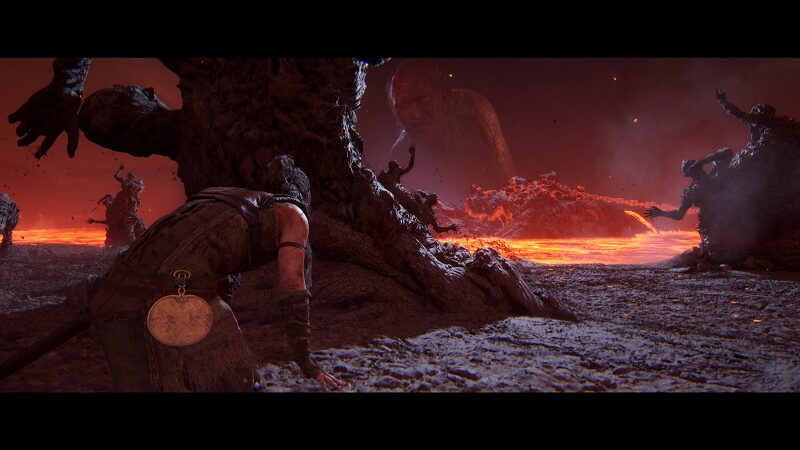
The whole experience will clock in at around the 7-9 hour mark, and possibly a bit longer if digging deep to find all the collectible items, and it feels very similar to the first Hellblade in that regard, despite the pacing of Senua’s Saga feeling just a little bit snappier overall. Despite them being around the same length, the bigger focus on narrative makes Hellblade II feel just slightly less “content-rich” in some ways, since it feels more like an interactive movie or TV show for much of its length rather than more frequent combat encounters, which may polarize many players and fans of the first game.
Despite this, the fact that the game launched at only $50 USD feels just right for the type of experience you’ll get here, and with most AAA games launching at $70 nowadays, this price point feels like a perfect choice for Senua’s Saga: Hellblade II. It’s also available on Game Pass on consoles and PC, for anyone who subscribes, so its got even less of a barrier to entry if you happen to subscribe to the service.
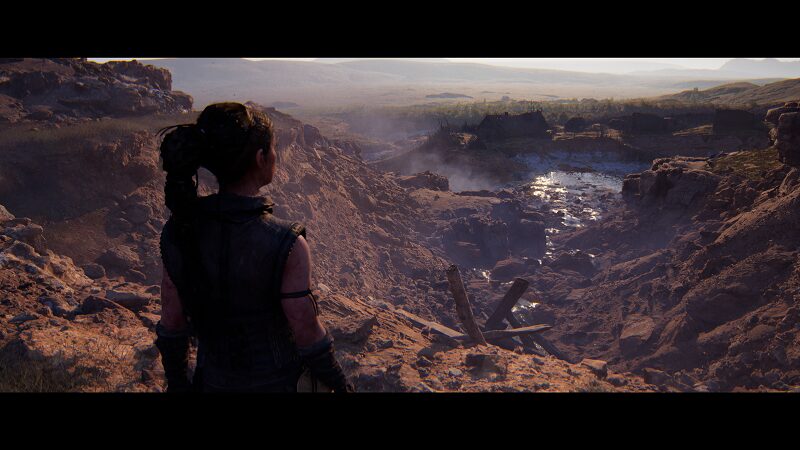
Senua’s Saga is a masterfully-crafted narrative gaming experience that stands at the top of its class in most ways, though it may disappoint those looking for a carbon copy of the first Hellblade or for some kind of open-world game with dozens of hours of content. However, those who allow themselves to sink into the experience and temper expectations will find a great game that engages every fiber of your being in some way.
Even though the gameplay loop felt a little repetitive by the end of the experience and the game doesn’t reinvent the wheel compared to some recent gaming experiences (aside from its audio-visual presentation), Hellblade II still stands as a shining example of a small team of creative minds from all different disciplines coming together to craft a meaningful experience that gets to the heart of the human condition.
 (9 / 10)
(9 / 10)
Amazing
 (9 / 10)
(9 / 10)
 IDOLxISxDEAD
IDOLxISxDEAD